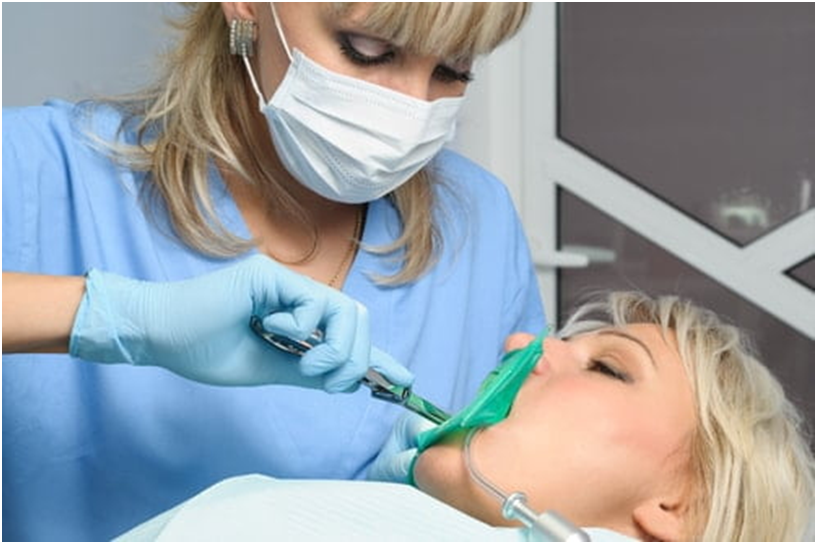Cezanne Dental & Aesthetic Clinic offers expert care in dental, skin, and hair treatments. We combine advanced technology with personalized service to enhance your health and confidence.
Near AL Paradise Marriage Garden, Sanganer, Jaipur, Rajasthan 302029

.png)
.png)

.png)
.png)